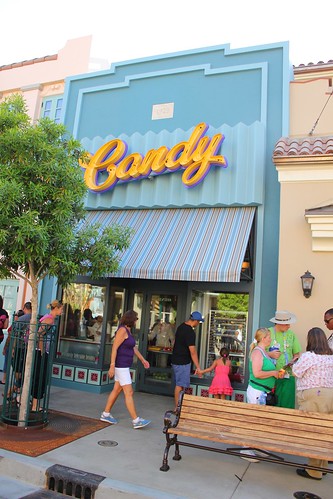Aside from personal politics, will anyone go there? Will it be fun? These are creative issues you would have to deal with.
There are some primordial good ideas with Beck's park, obviously with stuff that might need to be abandoned. I think the idea of a family having fun together is certainly integral to Disney theme parks. Much of the time is spent in line, and for me some of my best memories are joking/talking with relatives while in line. Sure, we all talk during the meals, but when you're stuffing food in your face it inhibits the conversation.
I kinda want to have a "City Slickers" type vacation someday, though obviously such vacations are time consuming to arrange and you might not get what you want. Maybe if Disney ran a dude ranch on pixie dust, with a host of pre-arranged activities, it could be a winner, maybe with a final day sleeping on a midnight train heading to the park(s) for a day.
What if Disney built a resort to look like a roughed up old dude ranch, but with modern conveniences? And if they put it in a secluded area, you could imagine that you were in the middle of nowhere. There are a lot of nice wilderness areas that are fun to hike, but what if WDI built a mine train (maybe electric based but looked authentic) which made a half hour trip out to some scenic spot for a barbecue. Hiking is fun, but riding a mine train through some real wilderness might be even more fun. Certainly such a dude ranch would be easier, and cheaper, to build than building a whole cruise ship.
So to me, the videos were a pastiche of what he is looking for and in your mind you try and shape what he's ultimately after and think about what could work as they don't know yet.
Some angles of what Beck's proposing haven't been done yet, per se. So, it would be interesting to see what happens with his park from a purely experimental angle . . . if it gets built.
Like owning your own restaurant, building your own Disneyland is another childhood dream many have. To Walt, Disneyland was the full size Train set he never had as a kid. There is a level of self indulgence out there.
There is so much of Walt's DNA, as they say, in the original Disneyland, and to a lesser extent in the Magic Kingdom in Florida. Yes, Disneyland was sort of Walt's indulgence as he couldn't afford a lot of toys as a kid, and that in a way, IMHO, he wanted to live that ideal childhood he never had, and allow other kids to experience things he didn't have, but as many have noted, Disneyland seems to resonate with everybody. Or at least pleases as many people as a theme park practically could.
Some explain it away as saying that Walt's likes/dislikes simply were the same as the average American family. I think it was more the fact that Walt had a lot of practice with the films/shorts he made, and that he took the time to really plan out the guests experience, probably virtually building and modifying hundreds of theoretical Disneylands in his head. Even after part of New Orleans Square was completed, he had it torn out and rebuilt as it didn't look right.
I'm not sure how the modern WDI operates, but it seems like it might be harder to have a lot of redevelopment cycles if everything is run by committee. For example, if a project has been greenlit, and pretty solid designs have already been done in pre-vis, it seems unlikely that somebody would sit down at a scale model and change the way things look, just for the aesthetics.
I mean, if Disney decides to build a new land, is somebody losing sleep each night thinking about the dozens of way it could be staged, and how the guests will respond? Or is the master plan decided upon by committee and everything that follows is just fleshing it out?
Not saying that WDI can't get it right the first time (Carsland), but I think that sometimes new attractions look a little rushed without knowing the full history.






